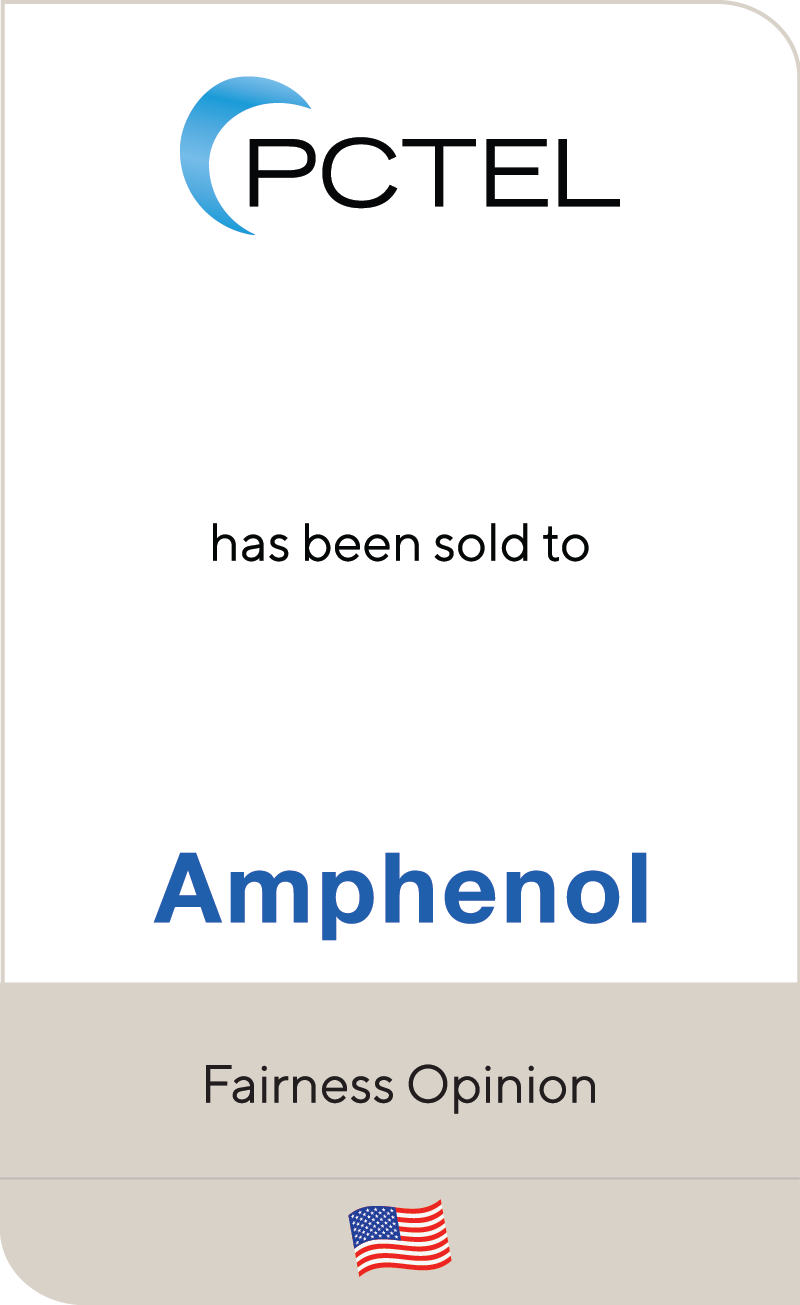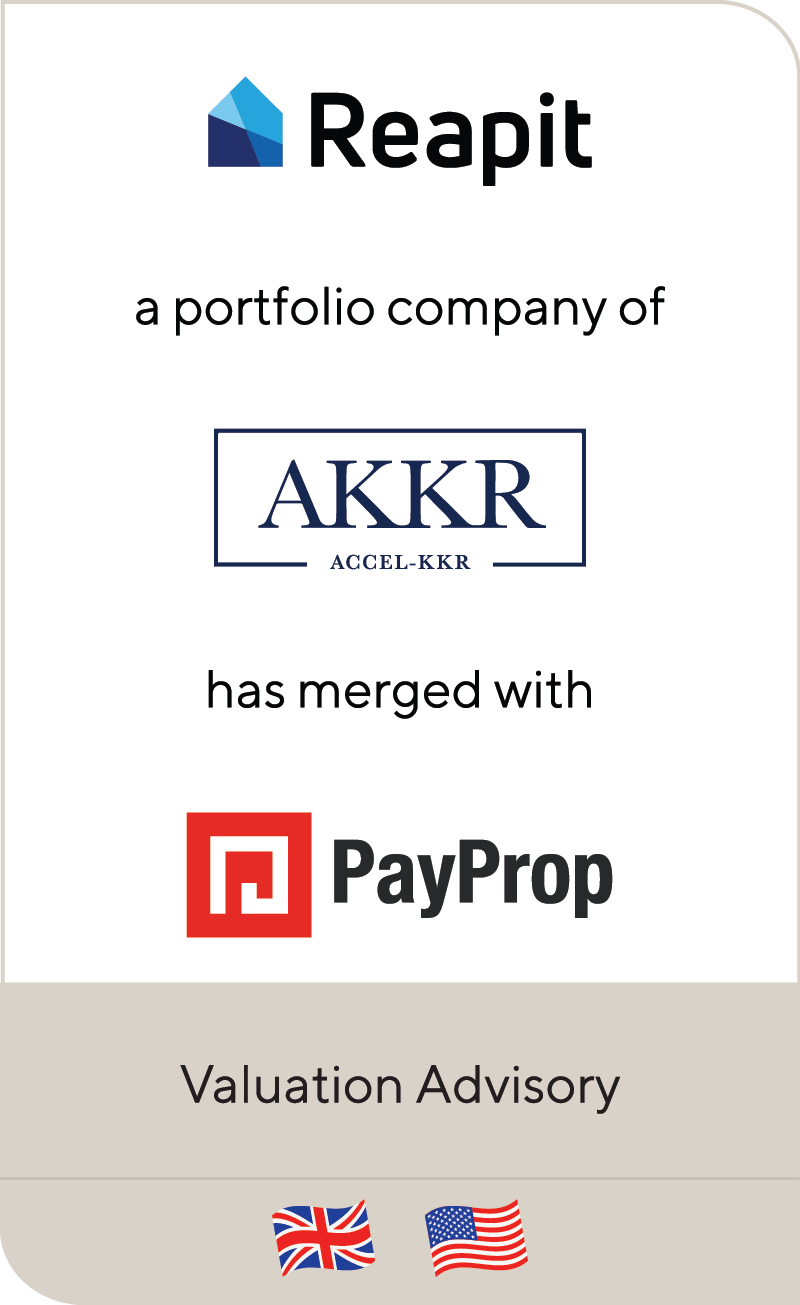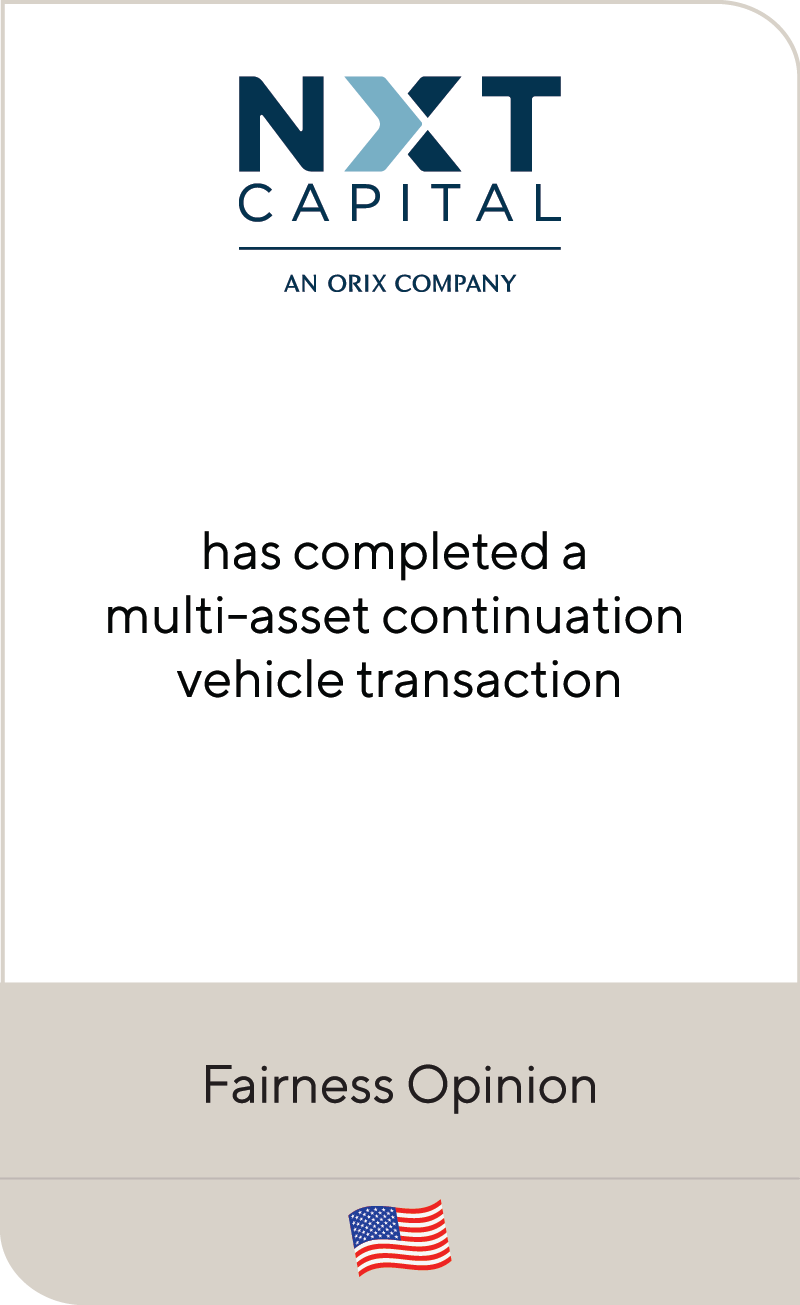Navigating Valuations for Structured Products: Q&A with Lincoln Managing Director Jennifer Press
Nov 2021
Lincoln recently welcomed Jennifer “Jen” Press, a New York-based Managing Director, who recently joined Lincoln’s Valuations & Opinions Group to head the complex financial instrument offering. Jen brings more than two decades of experience in valuation and advisory services across the gamut of fixed income structured products and the related underlying asset classes.
As and issuers navigate current market developments from the London Interbank Offered Rate (LIBOR) transition to the growth of private credit, Jen discussed trends she is watching and key takeaways.
As you begin your career at Lincoln, what are you and your clients paying close attention to in the market?
Jen: The LIBOR transition is at the forefront of our clients’ minds. LIBOR-based instruments are still dominating credit markets and everybody has had, or is having, discussions on how they will unwind or remediate their existing LIBOR-based portfolios.
Regardless of outcome and for any instrument ranging from those issued by structured finance vehicles to bullet term loans, the transition to a new reference rate will impact cash flows and thus, returns for investors. This is a crucial component to consider in the valuation process.
As clients prepare for the LIBOR transition, it really begins with cataloging and developing an understanding of all existing exposures. Our clients should ask themselves the following: Have I gathered and documented all the relevant LIBOR transition language within each governing agreement? Do I know exactly how and when the transition will occur as it relates to each of my exposures? Ultimately, it is a triage exercise.
As the Secured Overnight Financing Rate (SOFR) is generally anticipated to serve as the replacement benchmark rate for LIBOR, what have you seen regarding SOFR in the market so far and what should your clients be looking out for?
Jen: In Europe, the timing of the market transition is a bit ahead of the U.S., given the hard deadline. In the U.S., beginning in the new year, regulators will consider additional exposures to U.S. dollar LIBOR a “safety and soundness risk.” As we have crept closer to that deadline, we’re starting to see the corners of the SOFR-referenced, issuance market form. Market participants are looking to minimize value transfer resulting from the transition, with most SOFR paper being issued with a credit spread adjustment (CSA) to combat the inherent change that arises from using a secured rate.
While the Alternative Reference Rates Committee (ARRC) has endorsed a specific credit spread adjustment for the transition of existing LIBOR financial instruments, the expectation is that the CSA would be a negotiated term for new issuances. In theory, the CSA is supposed to represent the historical relationship between LIBOR and SOFR; it’s the best data point the market can use to approximate the incremental credit spread associated with an unsecured rate, such as LIBOR versus a secured rate (e.g., SOFR). With the recent rate curve steepening, we’re starting to see observations of higher CSA’s than originally anticipated, demonstrating just how quickly this relationship can change.
Regardless, when you look at the terms of these deals and compare them to an identical LIBOR loan (i.e., without CSA), the transfer of fair value and difference in yield is generally de minimis. Savvy market participants should understand there is still a slight value transfer occurring, and the method and timing of portfolio transition could have an impact on valuations, especially for lower yielding investments. However, middle market lenders, in particular, feel the impacts to them will be muted given the low interest rate environment coupled with the fact that most middle market loans are currently being calculated against a floor, meaning they are effectively fixed rate in the near term.
It’s worth noting that there are other benchmark rates vying to be LIBOR’s heir apparent, but U.S. regulators have reiterated that they intend to put these rates under a great deal of scrutiny, whereas SOFR already has the regulator stamp of approval. While all impacted market participants will need to measure their exposure to any marginal change in yields, chief financial officers and other financial sponsor constituents will likely need to measure the basis risk between their floating-rate assets and liabilities. From the outset, we may see a bit of delta, with strong managers likely looking to limit the impact to their balance sheet.
You mention that savvy players in the market should be aware that a value transfer can occur depending how the transition is handled. Can you provide any color on what they should be looking out for?
Jen: We’ve looked at both new issuances as well as modelled theoretical examples to understand the impact of the transition on value. In our base case example, comparing an actual SOFR + CSA + 500 loan maturing in 2028 versus a LIBOR + 500 loan with the same maturity, we note that the value differential would be essentially a basis point in price in the lenders favor.
Things get interesting when you start to look at the timing and structuring of the transition to SOFR. In considering the impact of transitioning on December 31, 2021 versus June 30, 2023, based on the current shape of the curve, there is a positive value transfer in favor of the lender. We attribute this to the CSA slightly overcompensating for the credit disparity between LIBOR and SOFR over the long run. It’s important to note, however, that this value transfer is diminished heavily by the addition of a floor – further supporting the general middle market lending community consensus that the impact of the transition will be muted for their portfolios.
It’s also worth noting that the credit spread adjustment is truly just an appendage to the base rate, having a stark difference from a simple addition to the spread. If lenders could negotiate additional spread through this transition, there would be a more significant value transfer to the lender, given the low rate environment. This is more of an academic example, not something we expect to see in the market.
What do you see happening going forward with respect to SOFR market adoption and are there any other developments in credit markets you are paying attention to over the next year?
Jen: We’re seeing more and more broadly syndicated instruments referencing SOFR, with middle market volume expected to tick up as the SOFR referenced broadly syndicated market is more established. Specifically, based on conversations with clients, we’re anticipating new issuance activity to transition to LIBOR by the end of the year for all bank agented markets with the transition timing slipping into Q1 2022 for new middle market loans. As it relates to the transition of legacy instruments to an alternative rate, that is expected to happen sometime over the course of 2022 with straggler transitions expected in 2023 leading into the June 30, 2023 cessation of LIBOR publication. For a client who is the agent on a deal, there is a bit more control over when things will happen; while for investors who are one of many participants in a transaction, they may be in a different position as just one voice among many.
The SOFR market dynamics we’re starting to see shine through are going to truly reveal themselves over the coming months into the new year. While information on what these markets will look like in six, twelve or twenty-four months might not be readily available, it’s critical for our clients to subsidize those gaps by engaging with advisors, such as Lincoln, who can assist along the way in providing data, coming to the table with expertise and creating a robust framework that will withstand the scrutiny of auditors.
Again, the low interest rate environment is incentivizing middle market lenders and borrowers to drag their feet a bit here. We’re tracking the effect floor calculations have on portfolio transition, especially as we appear to be heading into a rising rate environment. While the floor calculation is currently a muting influence with respect to value transfer, it’s unclear how much longer market participants can rely on that.
How will the collateralized loan obligation (CLO) market react to the LIBOR transition compared to more traditional credit instruments?
Jen: In recent weeks, we’ve seen activity in the CLO market that has caught our attention. First we saw the repricing of the first CLO AAA tranche referencing SOFR, with a spread 15.0 bps higher than a parallel LIBOR tranche, consistent with the observed historic CSA for 3-month paper, but in this case, all embedded in the credit spread as opposed to separated into two components given there is no floor in the CLO coupon to be considered. Following in short order, we saw another new CLO tranche, this time a AA, issued referencing SOFR, indicating that the CLO market is starting to dip its toe into alternative rates. While we expect increased deal activity leading into the end of the year as issuers race to issue the last LIBOR referenced notes, given CLOs are a bank agented market, we expect to see SOFR referenced issuances at a much faster cadence beginning January 1, 2022.
For holders of CLO equity in deals with LIBOR referenced liabilities, depending on the language in the governing documentation, the timing of the transition may be dependent on when the majority of the underlying collateral is referencing an alternative rate. In these instances, the amount of time it takes for the manager to achieve that could have a dramatic impact on CLO equity returns, as CLO equity is exposed to the basis risk between the assets and the liabilities on a levered basis.
Once we step into the world of more complex instruments, you can’t consider them with the same profile of risks and sensitivities as a standard bullet loan.
Summary
-
Lincoln International's valuations and opinions professional shares how to navigate valuations for structured products.
- Click here to download a printable version of this perspective.
- Sign up to receive Lincoln's perspectives
Contributor
Professionals with Complementary Expertise
Related Perspectives

Lincoln International launches Europe’s first private credit market quarterly benchmark
Private credit returns in Europe outperform broadly syndicated loan market over last five years London, 10 April, 2024. Lincoln International has launched Europe’s first private credit market quarterly benchmark, the… Read More

The Lead Left | Podcast: Private Capital Call
Originally posted by The Lead Left on April 2, 2024. Ron Kahn, Managing Director and co-head of Lincoln’s Valuations & Opinions Group, shares insights on current market trends, including the positive… Read More

“Leader to Leader” Series
The Leader to Leader video series turns up the dial on rich conversations with prominent leaders – from business owners and entrepreneurs to investors and CEOs – highlighting their stories… Read More

S&P Global | Private Markets 360° Podcast: Valuation Insights
Originally posted by S&P Global on March 21, 2024. Ron Kahn, Managing Director and co-head of Lincoln’s Valuations & Opinions Group, recently delved into the creation of the Lincoln Private… Read More





















